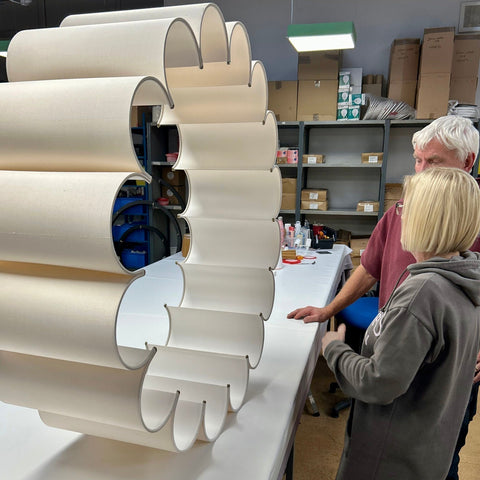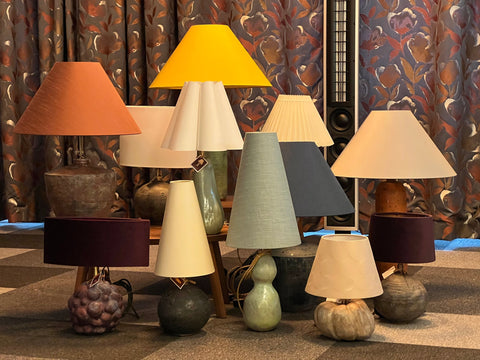
By Tom Acciarini - Business Development and Marketing Manager
We live in an age of mobility. Phones, laptops, vacuum cleaners, even lighting, now the promising freedom from the plug. Rechargeable lights, in particular, have come to symbolise convenience and modernity, yet this mobility comes at a cost.
Within interiors, especially in homes, hospitality spaces, and workplaces, rechargeable lights are frequently adopted not because they are essential, but because they are fashionable. The idea of flexibility has been elevated above the question of necessity and in this lies a quiet contradiction.
When rechargeable lights replace traditional corded models in static interior settings, the environmental implications deepen. According to the European Environment Agency, lithium-ion batteries, the most common power source in rechargeable lights, are classified as hazardous waste when discarded and must be handled with strict protocols to avoid groundwater contamination and fire risk. Yet a 2023 report from the Global E-waste Monitor notes that only 17.4% of the world’s electronic waste was formally documented as properly collected and recycled [1].
Rechargeable lights are often sealed units. When the battery fails, which can happen after just 500 to 1,000 charging cycles depending on usage and quality, replacement is impractical or impossible. The result is a product designed for obsolescence, not longevity.
This dynamic feeds directly into the wider issue of ‘fast interiors’. Much like fast fashion, it describes the accelerated turnover of design objects, driven more by trend than function. The Furniture Industry Research Association (FIRA) has warned that the UK alone discards 22 million pieces of furniture and lighting annually, with many items still in usable condition [2].
I find this deeply concerning as innovation must serve a purpose beyond novelty. Corded lights, particularly those that are designed for maintenance and repair, often outperform their rechargeable counterparts in environmental terms over a ten-year lifecycle; most will at best reach half that lifespan. At this point, a corded repairable lamp base will outlast the battery equivalent by a factor of 3 or more.
Not every light needs to be mobile. We must ask ourselves not just what we use, but why we use it.
As the lighting industry continues to evolve, the challenge lies not in rejecting innovation but in applying it responsibly. Rechargeable lighting has its place, yet true progress comes from designing products built to last, repairable, adaptable and made with care.
At Iberian Lighting, we believe sustainability begins with intention. From our approach to modern craftsmanship and technology in handmade lighting to our belief that bespoke design is the antidote to throwaway culture our focus remains on longevity, not novelty. If you want to explore what this looks like in practice, discover how we manufacture bespoke lighting for design studios or read our complete guide to sustainable lighting and lampshades. Together, we can create lighting that endures for people, spaces and the planet.
Sources:
[1] Forti, V., Baldé, C.P., Kuehr, R., & Bel, G. (2023). The Global E-waste Monitor 2023. United Nations University, ITU & ISWA.
[2] Furniture Industry Research Association (2022). Environmental Impact of Furniture Waste in the UK.










Comments (0)
There are no comments for this article. Be the first one to leave a message!